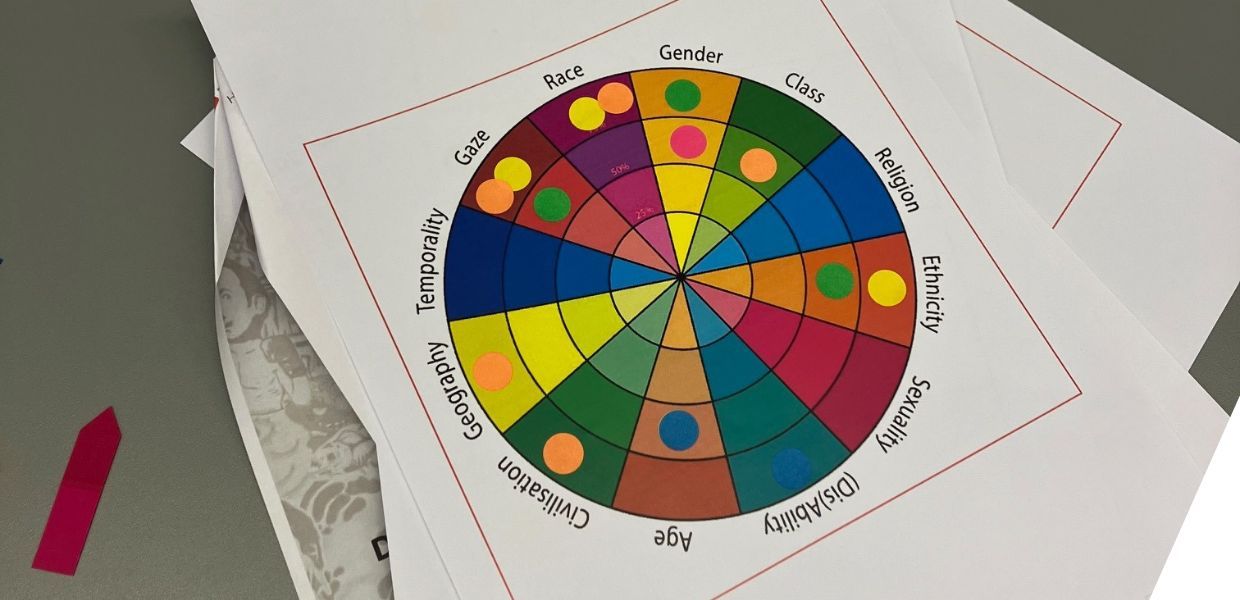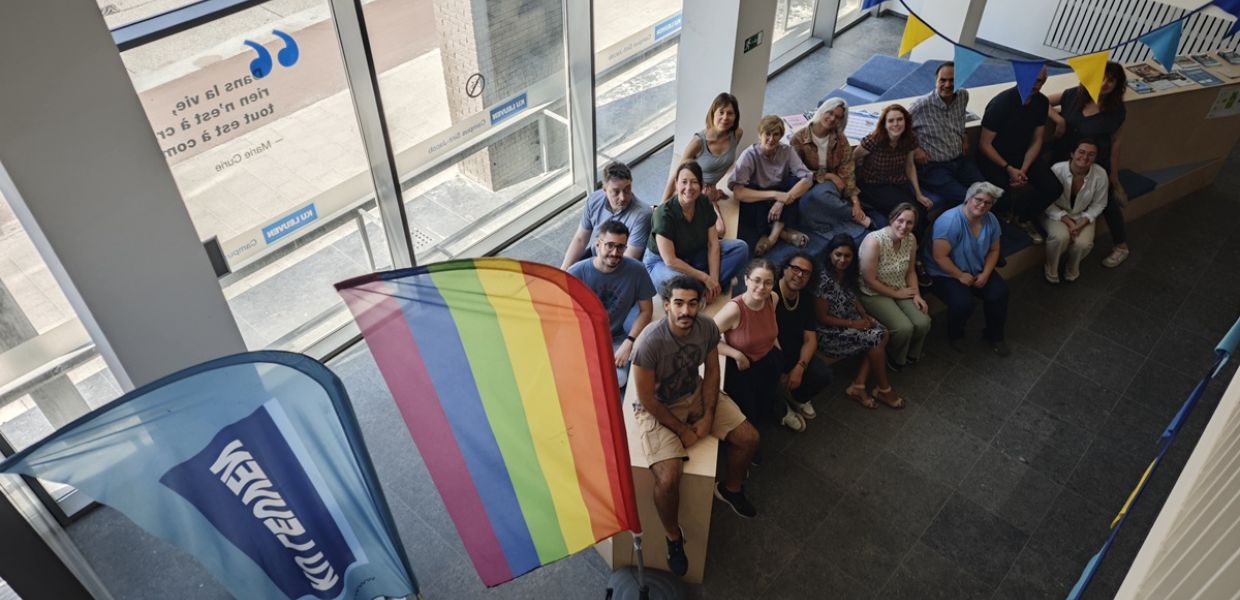Inspiring editorial
The editorial efforts of the DE-BIAS project have played a crucial role in shaping its public engagement, fostering critical discourse and ensuring the accessibility of its findings. Through a structured series of blog posts, news updates and curated galleries, the project has documented its progress, milestones, and methodologies while amplifying diverse perspectives in cultural heritage. The DE-BIAS blog series has traced the evolution of the project, beginning with its foundational principles of inclusivity and community engagement, and progressing through key developments, such as the application of knowledge co-creation methodologies, capacity-building initiatives and the introduction of a Community Engagement Methodology. These editorial outputs have served as a platform for knowledge exchange among cultural heritage professionals, institutions and communities.
In parallel, a dedicated series of blog posts on Europeana.eu has delved deeper into the thematic dimensions of the project, reflecting on postcolonial narratives, queer representation, and inclusive archival practices. Notable entries such as ‘A Queer Tour Exhibition’ and ‘Claude Cahun’ explore the role of LGBTQ+ perspectives in reshaping cultural narratives, while ‘Colonial Depictions’ and ‘Co-curating Postcolonialism’ examine strategies for deconstructing colonial legacies in visual and textual representations. Authored by experts and community collaborators, these posts provide nuanced reflections on how cultural institutions can critically reassess their collections and engagement strategies.
Beyond textual contributions, a series of curated galleries on Europeana.eu has showcased artefacts and metadata related to key topics explored in workshops, including ‘Queer Pride,’ ‘Politionele Acties,’ ‘Berber,’ ‘Claude Cahun,’ and ‘Antisemitic Caricatures. Each gallery reflects the insights gained from community collaborations and expert discussions, furthering the project’s mission to promote awareness and challenge exclusionary narratives.
The DE-BIAS detection tool
At the heart of the project was the development of the Bias Detection Tool, which detects outdated and potentially harmful language in descriptions of cultural heritage collections. The tool t can be used to automatically search large datasets, which requires some expert knowledge, but it can also be used by less tech-savvy people who want to run it on single texts or text excerpts to detect contested terms.
The tool is a valuable resource for identifying problematic language and explaining why a term is considered controversial, but we acknowledge that it can only be a starting point - not a solution. Language is complex and nuanced, and there is no one-size-fits-all approach. We provide suggestions as to how an institution might proceed with a term identified as problematic, but the decision must be made on a case-by-case basis.
How cultural heritage institutions can use the DE-BIAS tool
The DE-BIAS tool is available for checking metadata in the following languages: English, German, French, Italian and Dutch. It can be accessed in different ways, depending on your need and capacity. Explore some scenarios below!
- ‘I have prepared label texts for an exhibition or written a description of an object. Now I quickly want to check them for problematic terms.’
- ‘I have prepared a bunch of texts, so copy/paste is too tedious!’
- ‘I have prepared my data for submission to Europeana, can I check these records for biassed language?’
- ‘I regularly want to check the records directly from my database.’
All the different ways of using the DE-BIAS tool are explained in detail in the manual available in the DE-BIAS Knowledge Hub. We encourage cultural heritage institutions to try out the tool!
Find out more
We want to extend a huge thank you to everyone who contributed to the DE-BIAS project or provided the groundwork and resources we could build on. You can explore all the resources and work of the project on the DE-BIAS knowledge hub on Europeana Pro.




